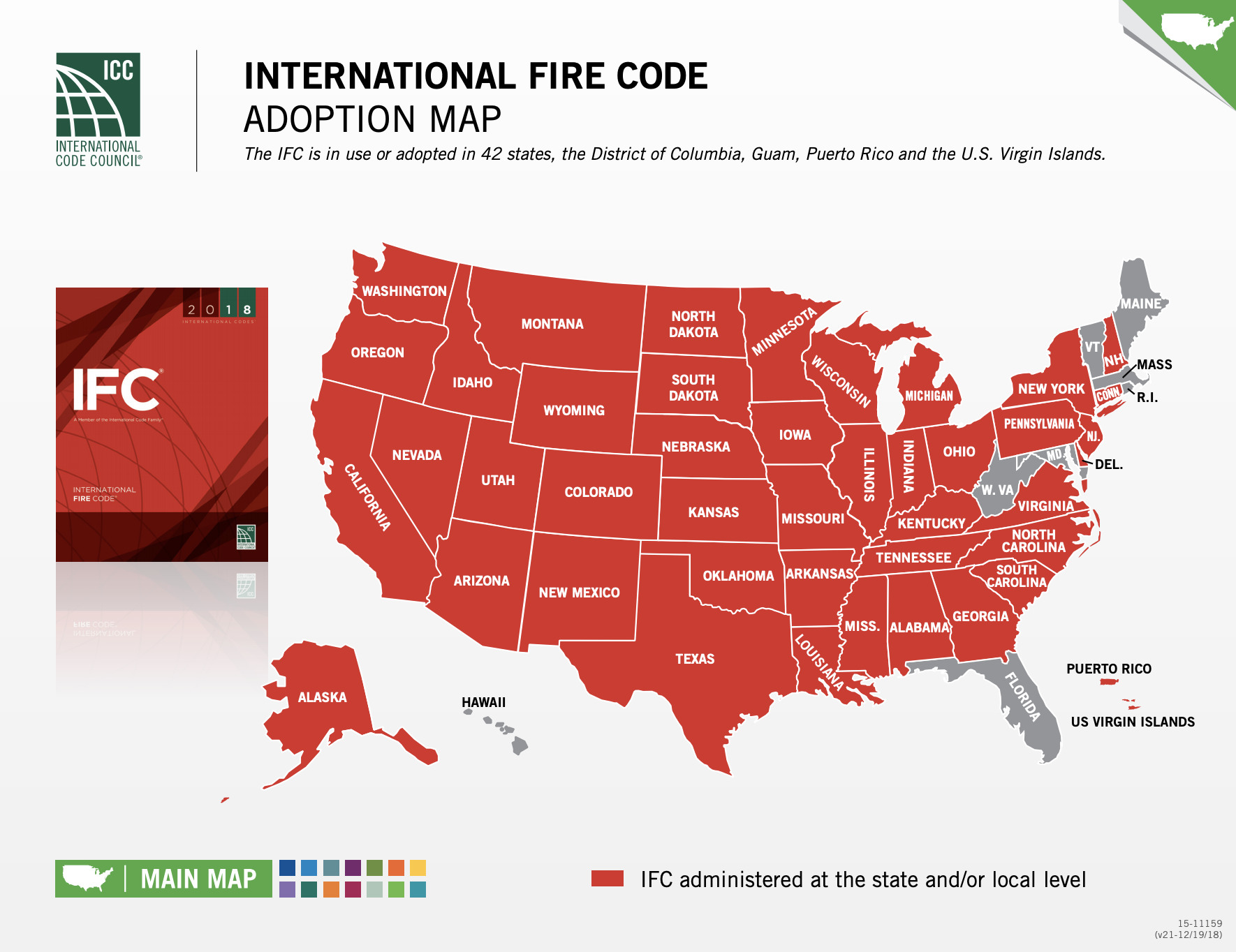
The Insurance Information Institute reports that between 2017 and 2019 there were over 176,000 wildfires across the U.S. - mostly in California. In the 2017 Tubbs Fire in Napa and Sonoma counties over 5,800 structures were destroyed. In 2018 almost 19,000 structures were consumed in a 4 hour period in Paradise, California. And just last year, the Kincade Fire in Northern California destroyed 374 buildings - 174 of those were residential structures.
According to Forest Service data, wildfires in the U.S. are now lasting 78 days longer than they did in the 70’s and are also burning twice as much area. Currently, 42 U.S. states, Guam, Puerto Rico, the U.S. Virgin Island, and the District of Columbia, use or have adopted the International Fire Code (or an edition of the specific code), although almost a dozen of these do not use the particular code as a standard for all buildings.
Many who lost their homes in these wildfires are finding it difficult to rebuild. While some homeowners ...
read more